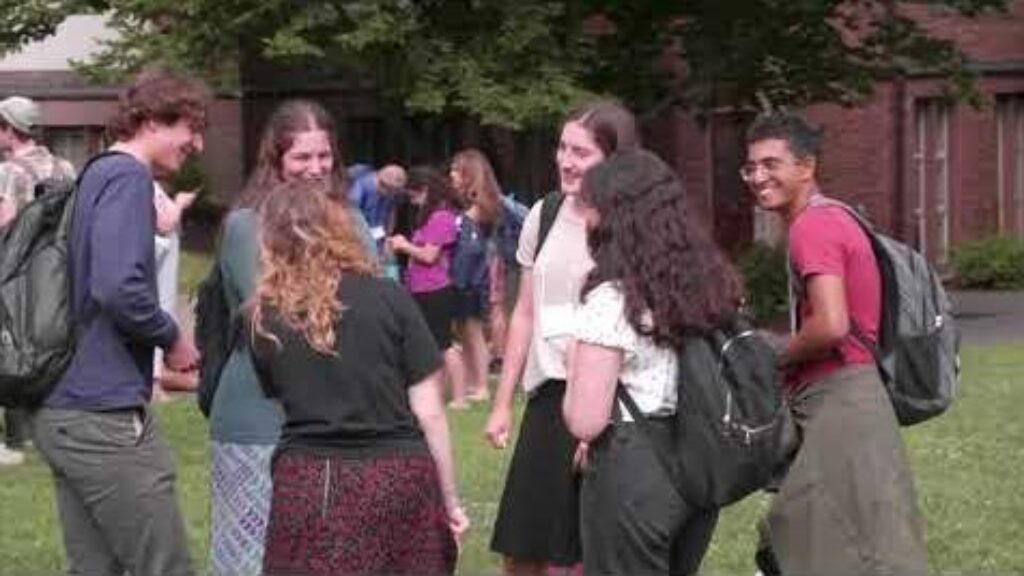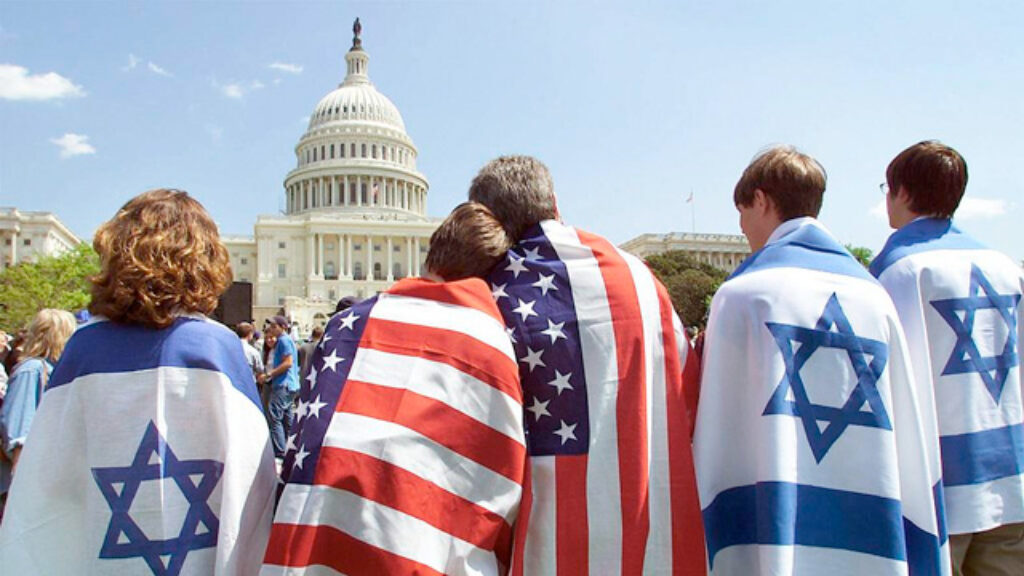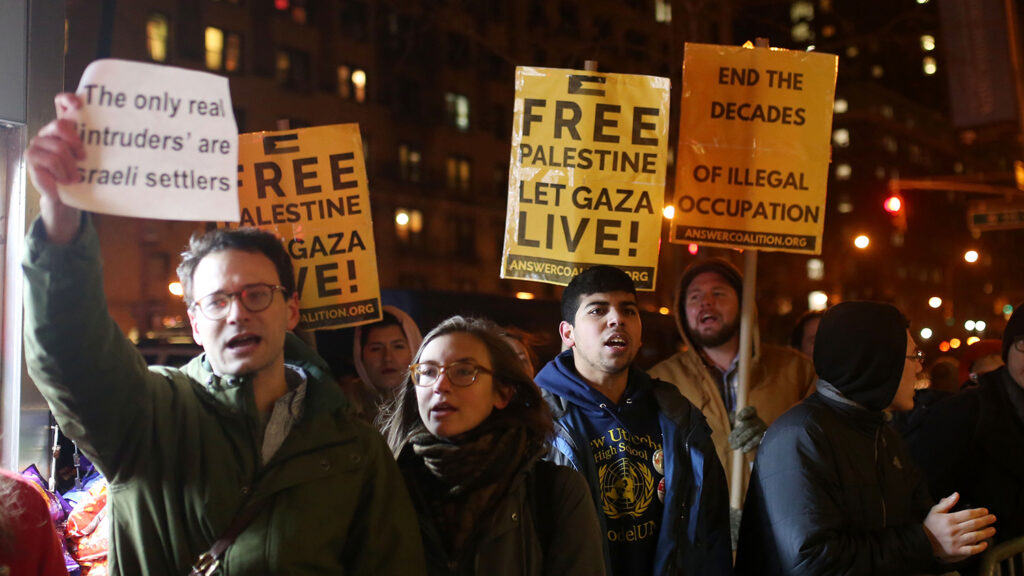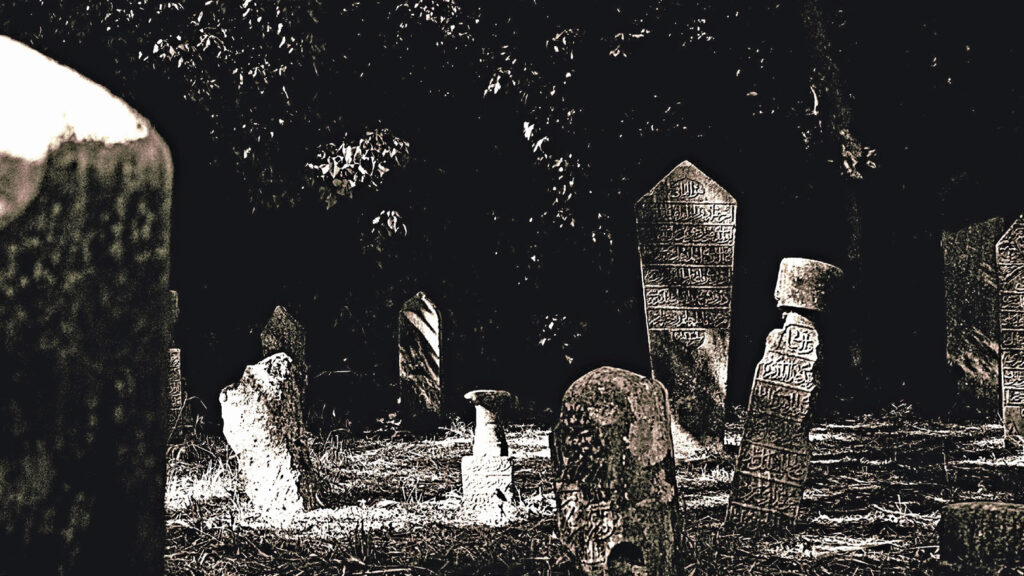Ashkenazi Migration to London: Building a Jewish Community in the East End
BY EMILY BUNDER
When my ancestors left Ukraine during the 1905 Kyiv pogrom, my father’s side fled to Brooklyn, New York and began a life there. However, my mother’s side decided to emigrate to somewhere closer, a neighborhood called Stepney, in what was then known as the East End of London. Although a large portion of London’s Jewish community now lives in the London Borough of Barnet and the county of Hertfordshire, Ashkenazim like my ancestors worked tirelessly to establish themselves in the industrialized, urban community of the East End, where many of them first arrived to the country in the 1880s. London has always been a city for immigrants, characterized by its diversity and beautiful interchange of culture; for the Jews of the late 19th century, this was no different. However, like many historical attempts of Jewish integration into society, not everyone welcomed us with open arms.
The area of East London has a long history of immigration, primarily due to its proximity to London’s commercial docks and mainline railway stations, making it an easily accessible metropolis for individuals seeking safety from persecution. However, when mass Jewish immigration to the area began, the Jews were seen as an unusual group of people, foreign to Anglo culture. At the time, Jews even faced accusations of committing the murders in fact committed by Jack the Ripper. This view of the community became commonly adopted by others within the city, particularly by the UK’s mostly Conservative government of the day.
In 1899, cartographer George Arkell created a color-coded map depicting how many Jews lived on various streets in the East End, published in a collection of essays on the topic of “The Jew in London.” Supposedly intended to limit prejudice towards Jews, as expressed by social reformer Samuel Barnett, the collection realistically did nothing of the sort. In 1905, Arthur Balfour, the man behind the Balfour Declaration, and his Conservative government passed the Aliens Act, aimed at restricting Jewish immigration from Eastern Europe. Twelve years prior to Balfour’s statement declaring Britain’s support for a Jewish state in what was then Ottoman Palestine, he wanted to prevent Jews from entering safe Britain, despite the terrible atrocities we were facing in Eastern Europe. It is an unsettling fact to consider.
Yet, despite the rise in anti-Semitism Jews faced as new Londoners, the Jewish community of the East End nonetheless grew and prospered. Jewish families moved in next to non-Jewish families and shared culture, language, and food. Yiddish was spoken on every street and kosher restaurants, supermarkets, and butchers grew in number. Whitechapel Road became a haven for London Jewry, becoming a favorite location for Shabbos walks after services in nearby synagogues. Many Jewish immigrants also found jobs in factories as tailors, seamstresses, and machine operators. Despite the low pay and terrible working conditions, poverty-stricken Jewish families lived the best lives that they could. Many parents sought out good education for their children and enrolled them in the Jews’ Free School (JFS), now located in Northwest London—where I am educated today.
Jewish students learnt about the United Kingdom and British history. They were taught how to integrate into British society, while still upholding the values their parents brought to this country. However, as these Jewish students were taught in English, many of them did not learn Hebrew or how to read from a siddur, so Talmudic schools and Cheders were set up in the East End to supplement British education. Outside of school, young Jewish boys were able to attend youth clubs, like the Jewish Lads’ Brigade, which still exists today alongside its female faction, the Jewish Girls’ Brigade. The determination of immigrant families to build success in a new country is one that cannot be ignored and should be commemorated. Through difficult times for Jews, the very belief in our continued existence as a people and the love of our culture drove us to flourish and establish ourselves as a remarkable immigrant community.
Today, Jews in London are a minority amongst minorities. The Second World War and the Blitzkrieg drove many Jews out of the East End and into North London and beyond. As we grew in our new homes—as previously in our East London ones—new immigrant populations came to the East End, growing just as we had. As a West London Jew, I am among a tiny community in this area, but I celebrate and share my religion and culture. I have adored growing up in the West London Borough of Ealing and sharing sufganiyot, hamantaschen, and Shabbos dinners with my Muslim and Christian neighbors and friends. Even today, our spirit to preserve our culture is undying, and can be seen in the numerous Israel marches and marches against anti-Semitism across the United Kingdom, all of which have received outstanding levels of attendance.
But some things have not changed. Recently, Conservative candidate for London mayor Susan Hall was seen by some as trying to weaponize the Jewish community against her opponents, stating that she knows “the wealth” of the community and that we are “frightened” by our current mayor, for which she has been criticized even by her own party and the Board of Deputies of British Jews. Hall’s speech was poorly worded and offended many of the people she aimed to win over. But on the other side, even with the large membership the Jewish Labour Movement and Labour Friends of Israel have, the Labour Party is no stranger to anti-Semitism. Former Labour leader Jeremy Corbyn had his whip suspended and currently sits as an independent in the House of Commons due to his party breaching the religious and racial sections of the Equality Act of 2010, which makes discrimination of individuals due to religion and race unlawful, mainly by failing to respond to anti-Semistim in the party appropriately.
Despite the trouble we face in politics, it is clear that anti-Semitism is not taken lightly by many in the UK. We even have an advisor to the government on anti-Semitism, Lord Mann, who, although not Jewish, vocally aspires to ensure our safety in this country, by giving policy suggestions and visiting Jewish communities across the UK to understand the experiences of British Jews. Lord Mann has made an effort to work with JFS, and in looking at the work he does and meeting him, I see the passion he holds for supporting and working with Britain’s Jewish community.
So, although we may no longer be in the East End, London’s Jews have not disappeared. We look back on our history with pride, and embrace our future with hope and optimism as a still thriving community.
Suggested Reading

A New Viewpoint on Diversity
Often, it seems that the people who talk about diversity never visit diverse communities. People seem to think that diversity is based on how one looks. True diversity is not about how someone looks, but how they act.

My Real Internal Conflict is Not One of Clashing Interests
When do my Jewish interests and American interests conflict? After much careful internal deliberation, I have concluded that they do not.

Regaining our Power Through Knowledge: The Solution to Rising Anti-Semitism on Campus
An emotional connection to our Judaism cannot be our only solace. Knowledge is the solution to the problem Jewish students face today.

Right Before His Eyes
BY ARI UNGER Jacob wore a tightly buttoned plaid shirt. He had a thin, carefully trimmed mustache, and nicely pressed slacks. He sat on the couch, which was carefully covered…